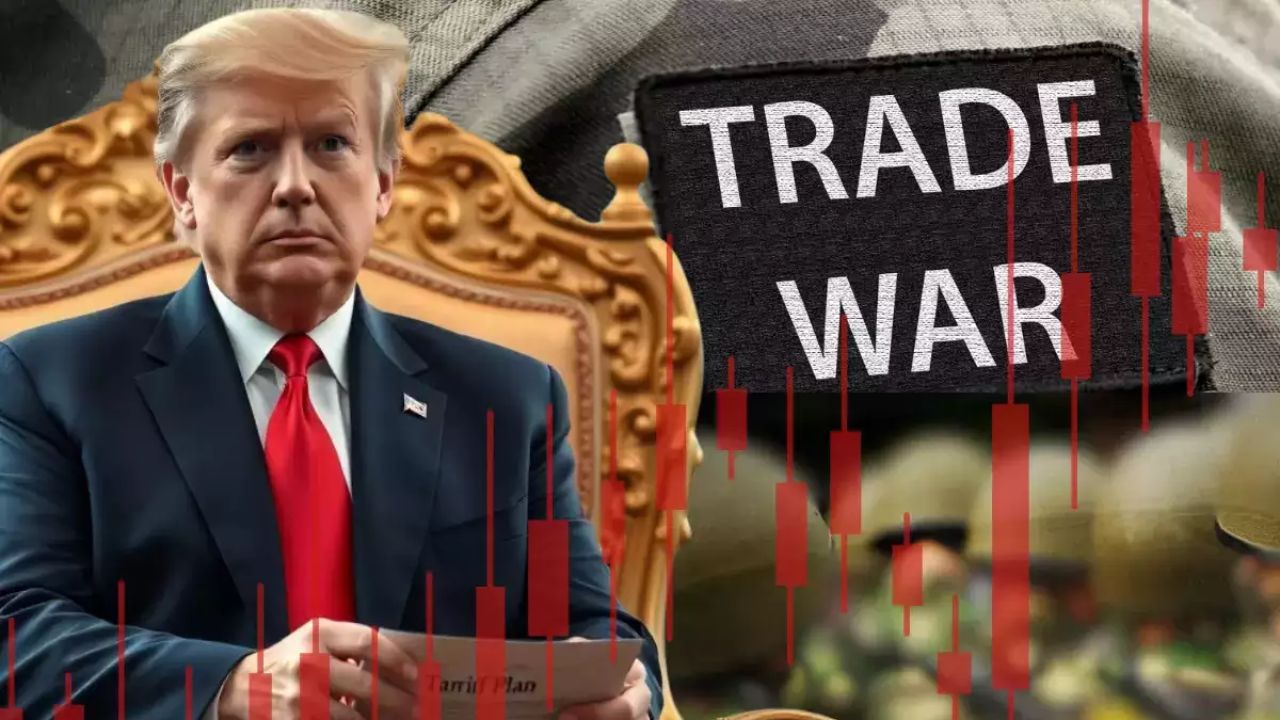Steel Tariffs: A Timeless Trade War Tactic From 1816 To Trump
The worldwide economic landscape currently concentrates attention on the importance of steel tariffs because of its evolving trade relationship dynamics.
Nations have maintained the use of tariffs as defensive tools and strategic weapons throughout their historical development of trade wars. Past economic behaviours since 1816 demonstrate that modern economic policies require steel tariffs to remain relevant because major powers such as America and China are continuing to raise diplomatic tensions.
Historical Context: The Legacy Of Tariffs Since 1816
Industrial protectionism through protective tariffs began in the United States in 1816 when the government took this measure to safeguard new businesses from British market competition. American officials set the objective to develop home manufacturing while decreasing dependency on imports from abroad.
During different political periods, tariffs emerged as a controversial issue that shifted between pro-protective measures and market-free ideologies. Historians commonly identify the Smoot-Hawley Tariff of 1930 as a fatal consequence of excessive tariffs since it lessened international commerce and exacerbated the Great Depression.
The modern approach to tariff implementation progressed beyond its initial purpose. Globalization fostered countrywide recognition that industry protection from international dumping and unfavourable trade practices became crucial during the late twentieth century.
The status of steel production functions as an industrial health indicator, which makes import levies on steel a leading force in trade relations.
The Trump Administration’s Steel Tariffs: A Modern Reinforcement
During the Trump administration between 2017 and 2021 the reinstatement of trade barriers on steel and aluminum imports led to renewed arguments regarding business protectionism.
National security was cited as the main reason behind this administration’s decision to implement production-boosting measures against Chinese steel and aluminium exports and other subsidized foreign products.
The introduced tariffs generated several points despite sparking significant debate. The temporary steel tariffs established a fortified position for domestic steel employers, protecting employment and triggering building investments.
They served to initiate a nationwide dialogue about the benefits of American self-reliance and protection of fundamental industries during market conditions with worldwide unpredictability.
Current Trade-War Realities Define Modern Economic Environment
The approaching 2025 trade environment now appears intricate because geopolitical challenges meet supply chain interruptions generated by COVID-19 pandemic events.
Current tensions between America and China, overshadowed by new Cold War worries, demonstrate why strong economic strategies with steel tariffs need to serve as essential trading instruments.
Advantages Of Steel Tariffs
- Tariffs on imported steel enable government authorities to shield domestic manufacturing employment from less expensive foreign steel.
- The security of the nation depends on steel production since it serves as an essential material for national defence along with infrastructure establishment. The presence of a domestically strong steel industry allows countries to satisfy their needs when facing emergency situations.
- The function of tariffs is to protect competition against unfair business practices, which allows market equality to thrive.
Challenges And Criticisms
The implementation of steel tariffs brings multiple advantages to the economy but faces various challenges and federal opposition. The implementation of tariffs results in increased prices because domestic producers charge consumers and businesses higher amounts. The reactions of harmed countries frequently produce trade disputes, which become more widespread.
A rising amount of discussions occur about climate change alongside sustainability issues. The steel industry requires massive use of resources; thus, any domestic growth needs an environmental impact assessment, and policymakers are required to follow eco-friendly practices with protective limits.
A Unified Strategy For The Future
The strategic value of steel tariffs as a defence against trade wars continues to be vital throughout the approaching 2025 period. The period from 1816 through the Trump administration established a precedent which shows that countries must maintain industrial protection through fair trade measures.
For successful economic security and prosperity in the future, wise choices, strategic planning, and flexibility are required when dealing with complex situations.
Steel tariffs will maintain their crucial position as an economic defence in the worldwide battle for fair trade and industrial development, and national defence.

